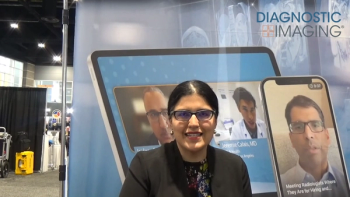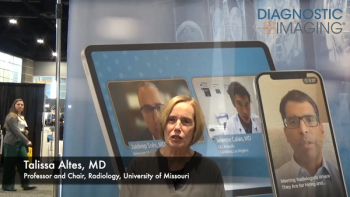
MRI May Identify Dyslexia Before Children Learn How to Read
MRI images of the brain may help clinicians identify kindergarten-aged children with dyslexia before they have started to learn how to read.
Images from a functional MRI may help identify children with dyslexia before they have learned how to read, according to a study published in the Journal of Neuroscience.
Researchers know that adults who have poor reading skills also have a smaller and less organized arcuate fasciculus, a bundle of fibers that links expressive and receptive language areas. However, it was not known if this was the cause of reading difficulties or if the lack of reading caused the difference.
To examine the issue more closely, researchers from Boston Children’s Hospital and Massachusetts Institute of Technology studied 40 kindergarten-age children who were part of a larger study. “Pre-readers and early readers cannot exhibit dyslexia per se, but their pre-reading skills that predict later reading abilities can be evaluated,” the authors wrote.
The children, 21 females and 19 males, were tested on their phonological skill, letter recognition, and word identification to determine reading level. They also underwent diffusion-weighted imaging where the researchers focused on the arcuate fasciculus, the inferior longitudinal fasciculus, and the superior longitudinal fasciculus.
The results showed a correlation between phonological awareness for spoken language and indices of white-matter organization of the left arcuate fasciculus, specifically volume and fractional anisotropy (FA). “This relationship was both anatomically and behaviorally specific; it was not observed in other tracts or for other behavioral predictors of dyslexia,” the authors wrote.
The researchers concluded that the findings indicate that the left arcuate fasciculus is already smaller and has less integrity in kindergartners who are at risk for dyslexia because of poor phonological awareness. “At the moment, when the children arrive in kindergarten, which is approximately when we scan them, we don’t know what factors lead to these brain differences,” John D. E. Gabrieli, PhD, said in a release. Gabrieli is the Grover M. Hermann Professor of Health Sciences and Technology, professor of brain and cognitive sciences and a member of MIT’s McGovern Institute for Brain Research.
“We don’t know yet how it plays out over time, and that’s a big question,” Gabrieli said. “Can we, through a combination of behavioral and brain measures, get a lot more accurate at seeing who will become a dyslexic child, with the hope that that would motivate aggressive interventions that would help these children right from the start, instead of waiting for them to fail?”
Newsletter
Stay at the forefront of radiology with the Diagnostic Imaging newsletter, delivering the latest news, clinical insights, and imaging advancements for today’s radiologists.




























